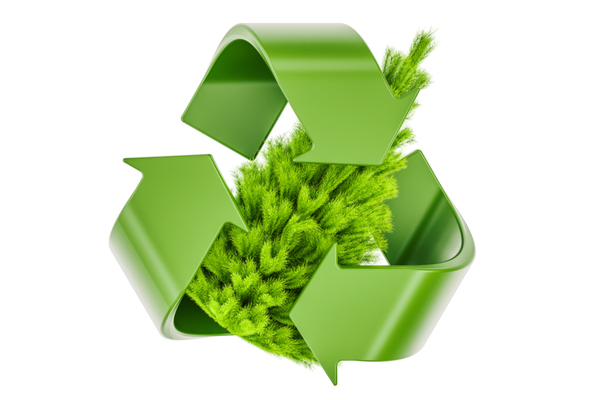Instead of throwing your holiday decorations in the trash, consider recycling them in the garden and allowing them to return to the earth in a natural way. Here are tips from Home Improvement expert Danny Lipford to help you do just that!
Community Tree Recycling
Many communities offer a tree recycling service, picking up discarded trees and grinding them into mulch to be used in public parks and landscapes. With the service, trees are usually dropped off at designated pick-up sites, though some cities may also collect them from the curb. To find out if your community has a program, contact your local agricultural extension agent or community lawn waste collection service.
In addition to mulch, you might be surprised at some of the innovative ways to recycle Christmas trees. Did you know:
- The needles of many varieties of Christmas trees contain shikimic acid, an important ingredient in the antiviral drug Tamiflu.
- “Tree fences” made from discarded Christmas trees play a vital role in the protection of beaches and wetlands from erosion and hurricane damage.
- Ground-up Christmas trees can be used as boiler fuel in manufacturing.
- Some communities deposit trees into wildlife reserves, to provide habitat and nesting structures for birds and small animals. These habitats help attract and protect endangered species.
- Dropped into lakes and ponds, old Christmas trees make a great habitat for fish, particularly in man-made lakes that may not have natural underwater structures.
Do-It-Yourself Tree Recycling
If your community doesn’t offer recycling, or if you prefer to do your own thing, check out these ideas for recycling Christmas trees and greenery:
- Place trees and greenery around your yard to provide shelter for birds and small animals.
- Take your wildlife sanctuary a step further by “decorating” your tree with festive outdoor goodies. Sprays of birdseed, strings of popcorn or cranberries and chunks of suet are great ways to attract featured friends.
- Cut the branches into small pieces, then add to your compost pile for use in the spring.
- Once the greenery has dried, brush off the needles and use them to make potpourri. Mix with cinnamon sticks, whole cloves, nutmeg, dried flowers, and dried fruit for an aromatic and colorful winter treat.
- Use the wood from the branches and trunks. Long branches make great support stakes, and now is a good time to make sure plants are staked to protect them from winter storms. Larger branches and trunks can be used to make rustic fences, arbors, or garden crafts.
- Evergreens can make great kindling and fuel for bonfires. But keep in mind that evergreens should never be burned in an indoor fireplace due to their extreme flammability and high sap content, which can cause a buildup of dangerous creosote in chimneys. Decorated, artificial, or flocked trees and greenery should not be burned.
Deck the Garden with Boughs
Even if you don’t have a wood chipper, you can use your Christmas greenery as winter mulch in the garden, by simply laying the boughs over tender plants. The evergreen boughs will help protect the plants from drying winds and sun, while allowing for water drainage. Boughs also help to hold the soil in place on slopes. While most plants will do fine with a standard layer of 3 to 4 inches of organic mulch in the fall, a few plants might benefit from an extra winter application of mulch, such as:
- Tender small shrubs
- Evergreen perennials
- Bulbs and tender perennials that have begun to sprout prematurely due to a warm spell
- Newly planted seedlings or plants that may not have time to establish roots before freezing weather
- Plants that are only marginally hardy in your zone
Since the best time to apply extra mulch is after the ground freezes, holiday greenery is a timely solution. The late mulch application keeps plants dormant and helps to prevent frost heaving and damage due to late winter thaws.
Keep in mind some of the challenges of evergreen bough mulch:
- Woodland creatures love to burrow into evergreen branches, and they may also decide to feast on your plants. If you have a rodent problem in your garden, this method may not be best for you.
- The boughs create a pocket of insulated air around the plant. Once the weather warms, this pocket can breed mold and fungus — be sure to remove the mulch as soon as freezing weather is over in the spring.
- Be kind to wildlife by removing all tinsel and wire ornament hangers before putting trees outdoors.
—
Photo Credit: AlexLMX / Shutterstock.com
